How many bubbles per second of CO2 are necessary for planted aquarium?
Introduction to CO2 Injection in Planted Aquariums
The question of "how many bubbles per second CO2 aquarium systems need" is pivotal for aquarists seeking to optimize their planted tanks. Carbon dioxide (CO2) injection is a sophisticated method that enhances plant growth by supplying essential carbon, necessary for photosynthesis. This process not only accelerates plant growth but also improves their health and vibrancy, contributing to a more balanced and natural-looking aquatic environment.
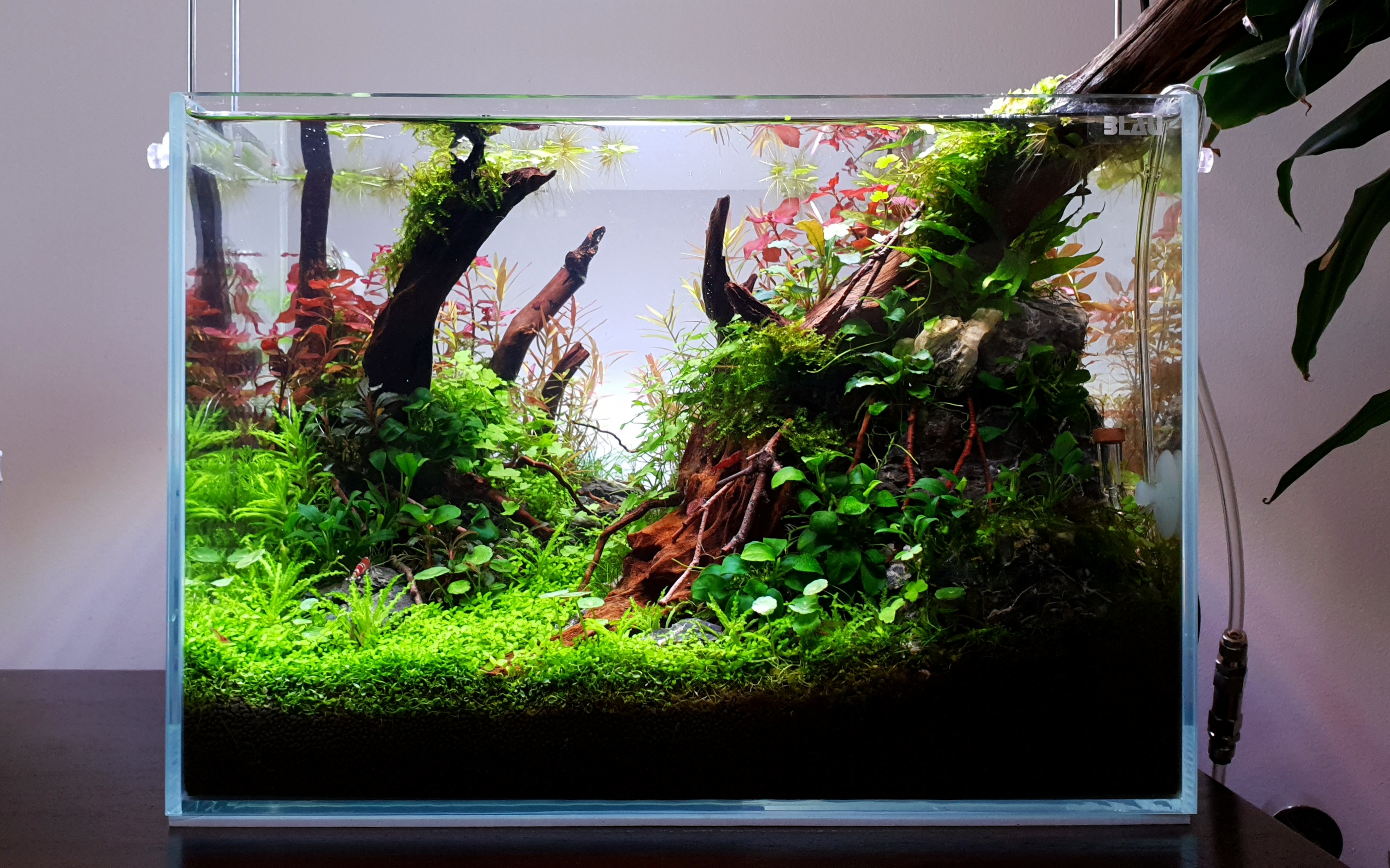
The concept of CO2 bubbles per second serves as a quantifiable measure, guiding aquarists to adjust their CO2 delivery to the precise needs of their aquatic plants. While the optimal rate may vary based on several factors including tank size, plant density, and water parameters, understanding the fundamental role of CO2 in aquatic plant photosynthesis is essential. This introduction aims to shed light on the complexities of CO2 supplementation, setting the stage for a deeper exploration of its benefits and applications in enhancing the aesthetic and ecological quality of planted aquariums.
Understanding the Basics of CO2 Injection
CO2 injection, pivotal for thriving planted aquariums, involves dissolving CO2 bubbles directly into the water, where they become readily available for plant uptake. For enthusiasts with smaller tanks, such as CO2 for 10 gallon tank setups, the balance of CO2 is delicate. These environments benefit from a nuanced approach to CO2 injection, where even a slight increase in the bubble rate can significantly impact the tank's carbon dioxide levels.
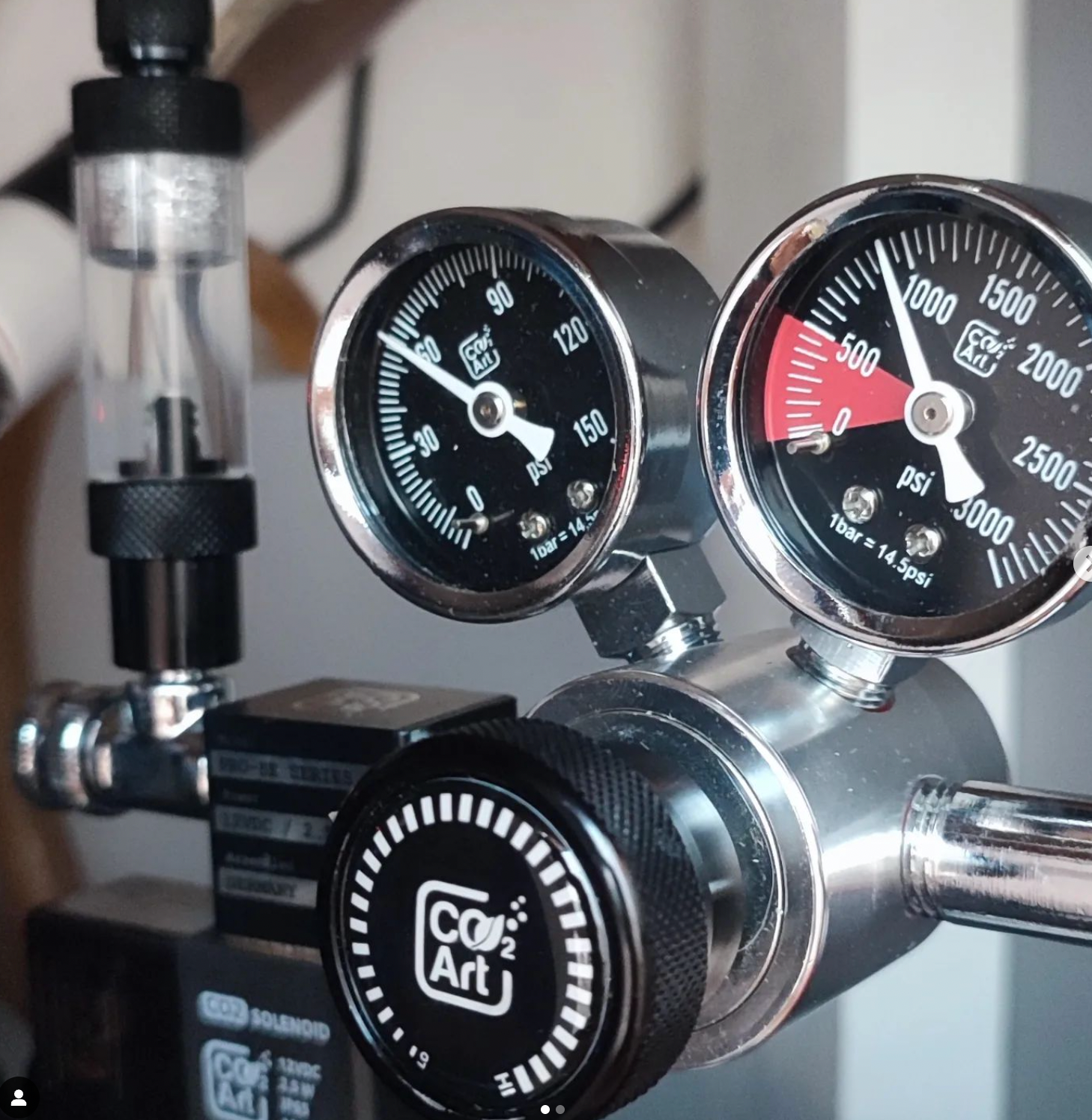
Establishing a reliable CO2 system, possibly with a 10 gallon CO2 tank, ensures that plants receive a consistent carbon supply, vital for their photosynthetic process. The goal is to mimic natural conditions, where plants have access to abundant CO2, thus promoting healthier, more robust growth. This section explores the mechanics behind CO2 injection systems, emphasizing the importance of precision in achieving the ideal aquatic environment for plant development and growth.
The Importance of CO2 for Aquatic Plants
In the context of planted aquariums, the significance of CO2 cannot be overstated. For larger setups, such as CO2 for 20 gallon tank configurations, the demand for CO2 increases proportionally with the volume and plant load of the aquarium. This elevated demand underscores the necessity for a more robust CO2 injection system capable of maintaining optimal levels of carbon dioxide across the entire tank. The benefits of adequate CO2 supplementation include enhanced plant growth rate, improved leaf coloration, and increased resistance to algae competition. Moreover, CO2's role extends beyond mere aesthetics; it's instrumental in creating a balanced aquatic ecosystem. By facilitating vigorous plant growth, CO2 injection helps to outcompete algae for nutrients, thus contributing to clearer water and a healthier environment for fish and other inhabitants.
How Many Bubbles Per Second? Establishing a Baseline
Determining the optimal CO2 bubbles per second for a planted aquarium involves considering various factors, including tank size, lighting intensity, and the specific needs of aquatic plants. Establishing a baseline is crucial for effective CO2 supplementation, as it directly influences plant growth and tank health. For instance, a 20 gallon CO2 tank might require a different bubble rate compared to smaller setups to achieve the desired concentration of CO2 in the water. Achieving the right balance ensures that plants have access to sufficient CO2 for photosynthesis without causing distress to aquatic animals due to oversaturation. This delicate equilibrium is essential for fostering a thriving planted tank, where plants and fish can coexist in harmony, each benefiting from the carefully adjusted conditions within their aquatic environment.
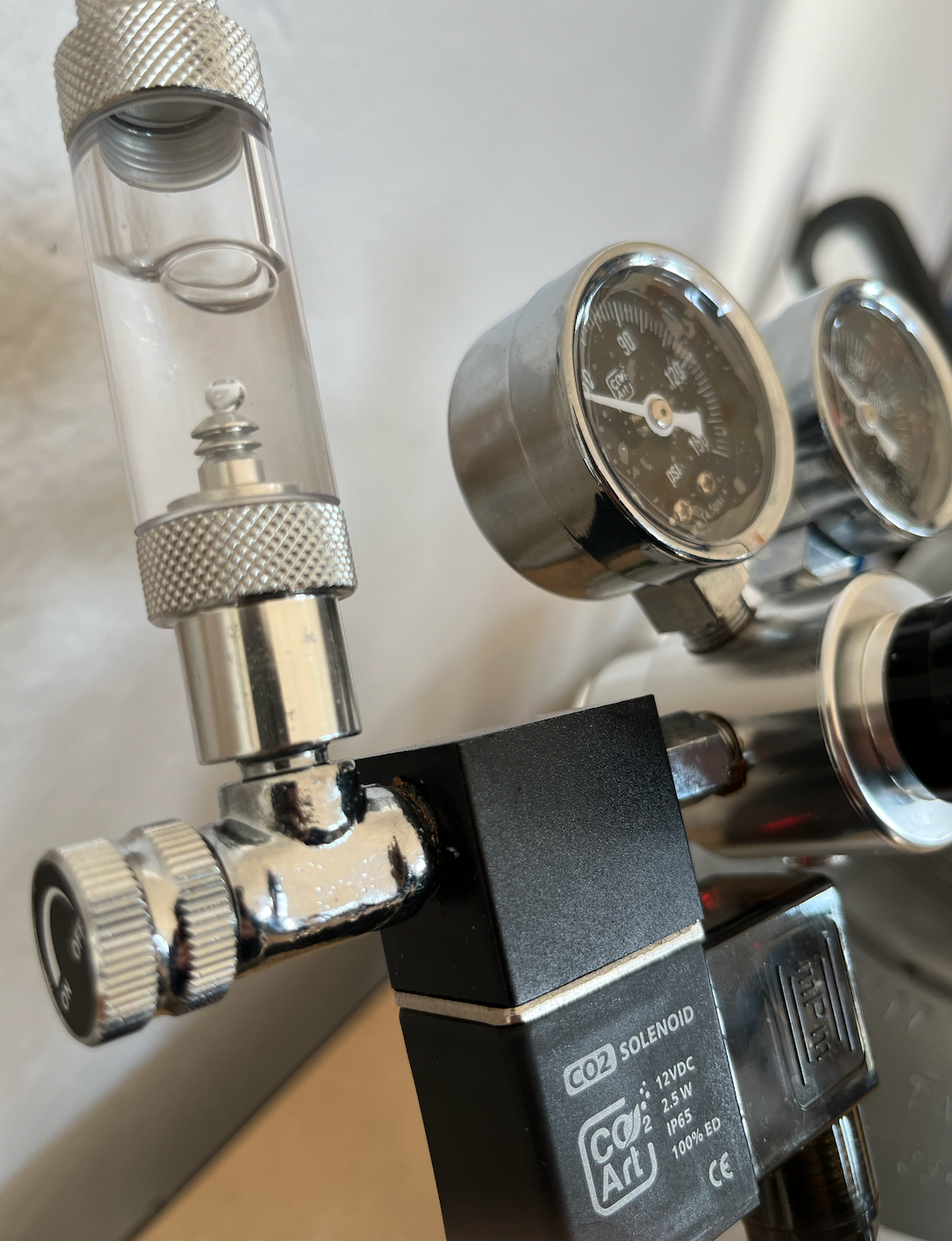
The Critical Role of the Bubble Counter in CO2 Systems
A bubble counter serves as an essential tool in any CO2 injection system, offering a visual indicator of the rate at which CO2 gas is being introduced into a planted aquarium. By counting the bubbles, aquarists can precisely adjust the CO2 levels, ensuring that the aquatic plants receive the right amount of carbon dioxide necessary for optimal growth without compromising the safety of the fish. The bubble counter is often integrated with a check valve to prevent liquid backflow, protecting the regulator and ensuring consistent gas delivery. Furthermore, the needle valve plays a pivotal role in conjunction with the bubble counter, allowing for fine adjustments to the bubble rate, which is crucial under high lighting conditions where plants' demand for CO2 increases. Regular monitoring and adjustment through the bubble counter ensure that the CO2 injection system operates efficiently, fostering healthy plant growth and robust gas exchange in the aquarium ecosystem.
Utilizing Drop Checkers for Accurate CO2 Monitoring
A drop checker is an invaluable device for monitoring CO2 levels in a planted aquarium, providing a simple yet effective method to ensure that plants and fish thrive under balanced conditions. This visual indicator uses a liquid solution, often with a pH indicator and mineral oil, to reflect the CO2 levels within the tank. The color change within the drop checker offers a direct insight into the aquatic environment's gas concentration, allowing aquarists to adjust their CO2 systems as needed.
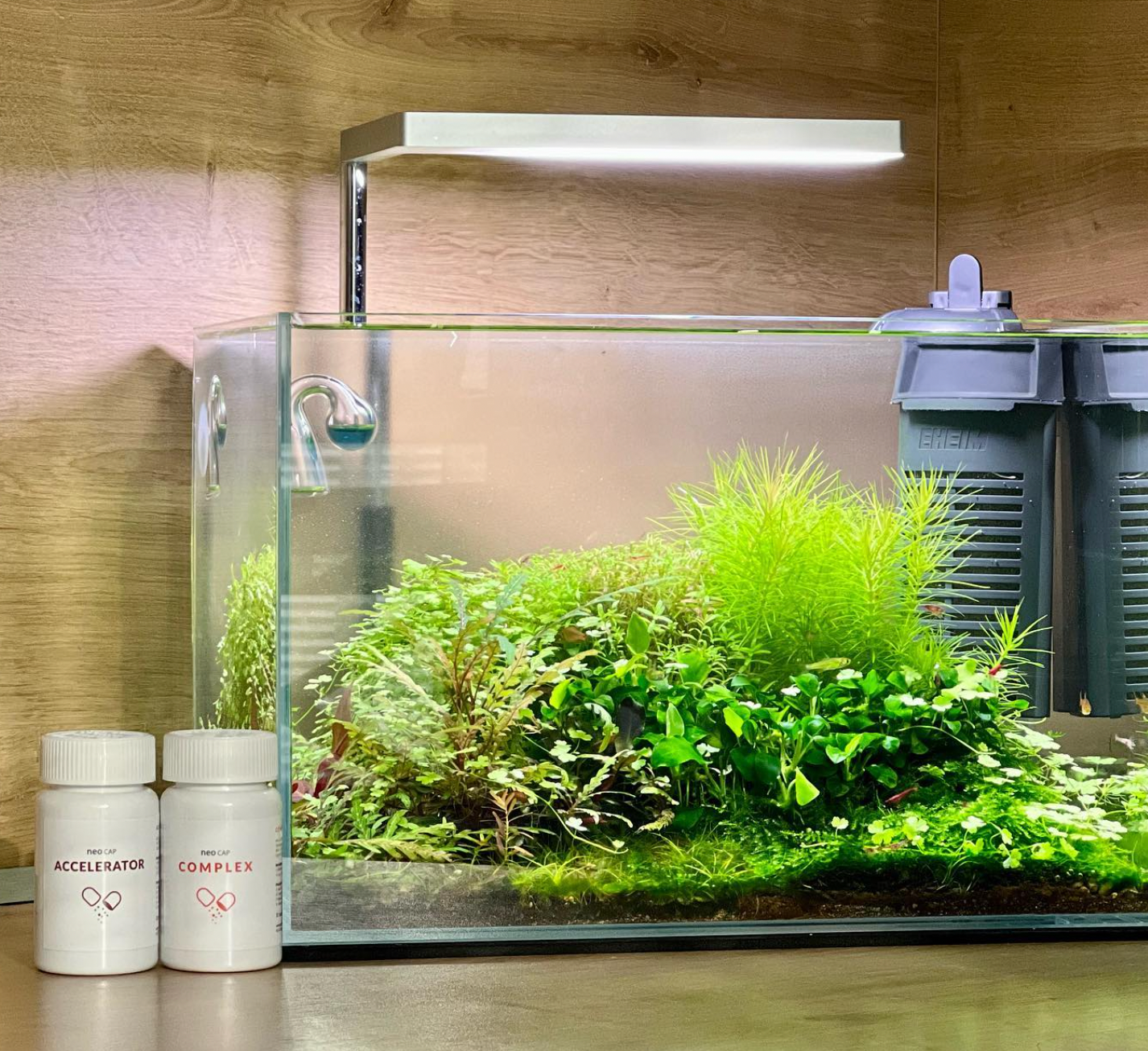
Whether dealing with high lighting scenarios or aiming for precise gas exchange, the drop checker acts as a critical complement to the bubble counter, ensuring that the aquarium maintains optimal conditions for both plants and fish. Its use becomes particularly important in systems with inline diffusers, where direct observation of CO2 dispersion might be challenging.
Adjusting CO2 Flow with Needle Valves and Regulators
Fine-tuning the CO2 flow in planted aquariums is essential for fostering a healthy environment for both plants and aquatic life. The use of needle valves and regulators is key in this process, providing aquarists with the ability to make precise adjustments to the CO2 gas flow. When setting the bubble rate, it's important to start with suggested values and then adjust based on the specific needs and conditions of your aquarium. For instance, as a general guideline, aquariums ranging in size from 40 to 60 gallons might start with a rate of 1 bubble per second. Medium-sized tanks, from 20 to 40 gallons, could begin with 1 bubble every 2 seconds, and smaller tanks, between 10 to 20 gallons, might start with 1 bubble every 5 seconds.
However, these rates are merely starting points. Each aquarium is unique, with varying plant loads, lighting conditions, and biological demands. Therefore, closely monitoring your tank’s response to CO2 adjustments is crucial, particularly through the use of a drop checker. This tool offers a visual representation of CO2 levels in the water, allowing for more informed adjustments to the bubble rate. If the drop checker indicates too much CO2, you can decrease the bubble rate; if it shows not enough, you can increase it. This process of monitoring and adjustment ensures that your aquarium maintains an optimal level of CO2, tailored to the specific needs of your aquatic ecosystem, thereby promoting vibrant plant growth and maintaining the well-being of your fish.
The Integration of Inline Diffusers for Enhanced CO2 Dissolution
Incorporating an inline diffuser into a planted aquarium's CO2 setup represents a significant advancement in ensuring efficient CO2 dissolution and distribution. Unlike traditional diffusers that release CO2 gas directly into the tank, an inline diffuser connects to the output line of the canister filter, mixing CO2 with water before it re-enters the aquarium. This method allows for a more uniform dispersion of CO2 bubbles throughout the tank, crucial for plants exposed to high lighting conditions that demand a consistent CO2 supply for photosynthesis.
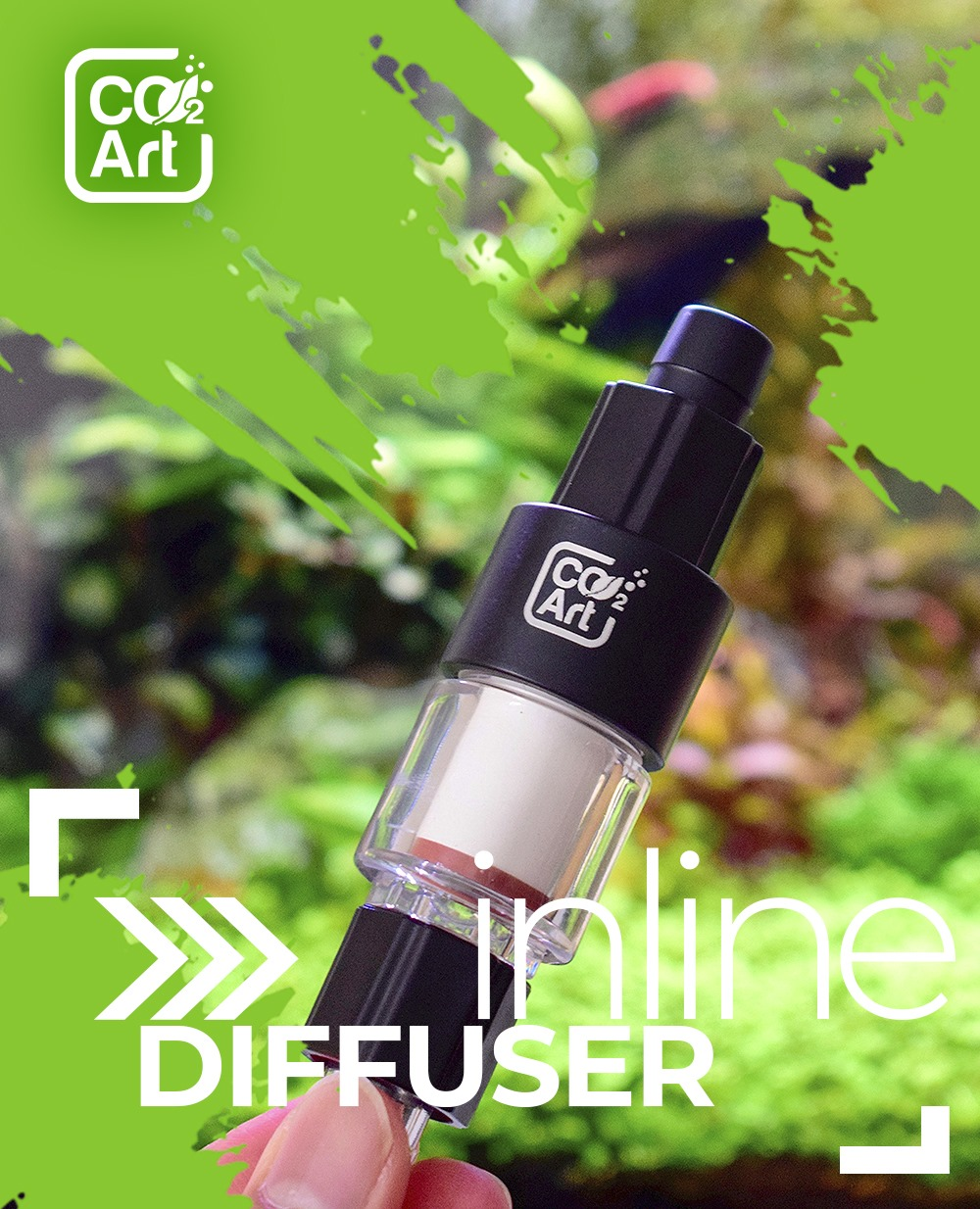
The inline diffuser also aids in maintaining aesthetic cleanliness by keeping equipment out of the main display, focusing attention on the vibrant plant life and fish within the naturalistic setup. Regular maintenance of the inline diffuser, especially monitoring for any clogged pathways that may impede CO2 flow, is essential to sustain the desired bubble counter rate and ensure effective gas exchange in the aquarium.
Maximizing Plant Growth with High-Quality CO2 Regulators
The heart of an effective CO2 injection system lies in the use of high-quality CO2 regulators equipped with high precision needle valves. These components are vital for modulating the CO2 gas flow into the aquarium, allowing for meticulous adjustments that are reflected in the bubble counter's readings. A regulator ensures that CO2 is delivered at a consistent pressure, while the needle valve allows for fine-tuning of the CO2 bubbles per second, crucial for meeting the photosynthetic needs of aquatic plants under varying light conditions.
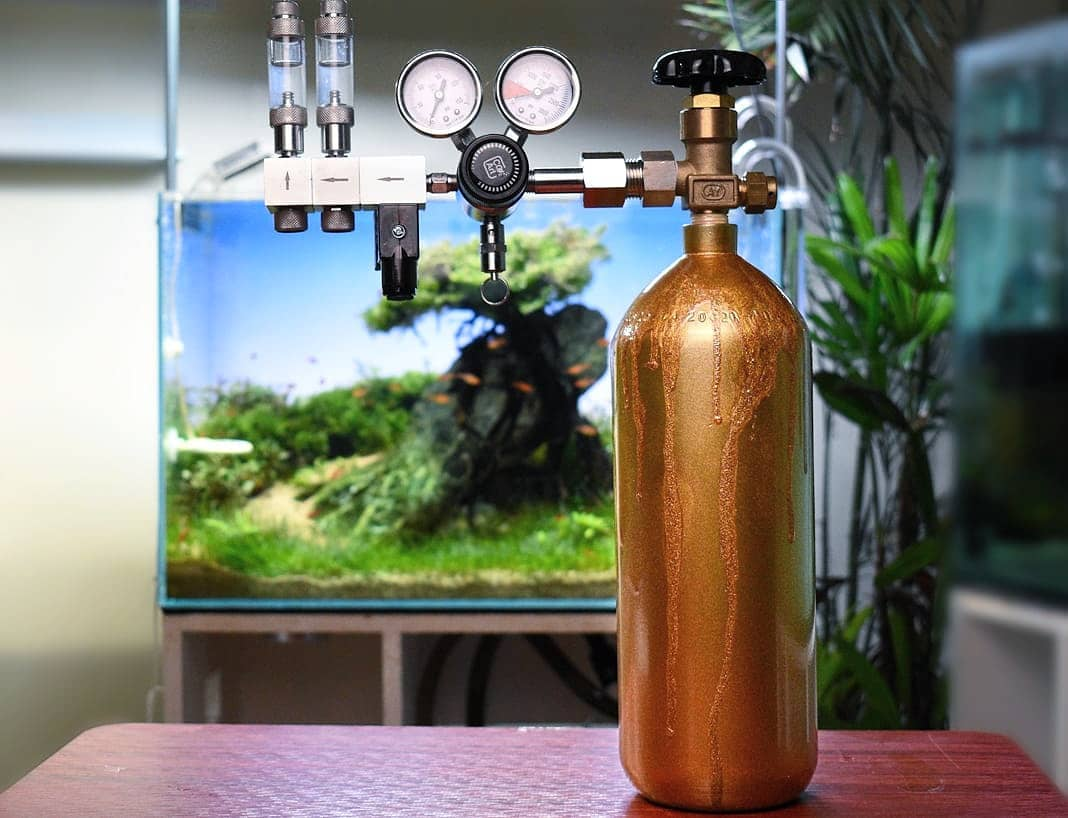
The precision offered by these tools is indispensable, particularly in aquariums where plants are subjected to high lighting, requiring a stable and adequate CO2 supply to thrive. Ensuring that the CO2 system components, including the check valve and solenoid valve, are of high quality and properly maintained, underpins the success of aquascaping endeavors, promoting lush, healthy plant growth while maintaining a safe environment for fish and other aquarium inhabitants.
Monitoring CO2 Levels with Drop Checkers for Plant Health
A drop checker is an indispensable tool for accurately monitoring CO2 levels in planted aquariums. It provides a visual indicator of the CO2 concentration, using a liquid solution that changes color based on the amount of dissolved CO2 gas in the water. This simple yet effective device helps aquarists ensure that their plants are receiving the optimal amount of CO2 for photosynthesis, especially crucial in tanks with high lighting where plants' CO2 demands increase.
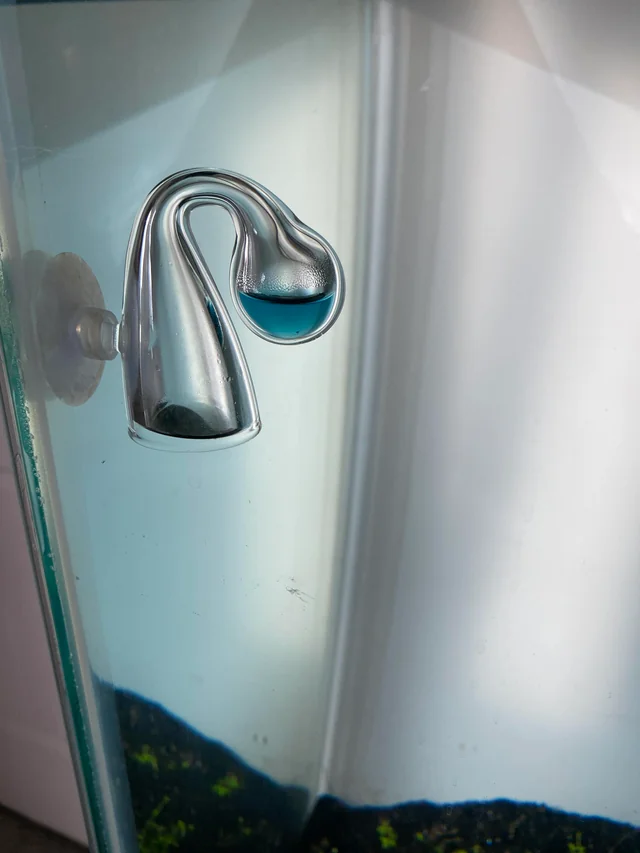
By adjusting the CO2 input based on the drop checker’s feedback, aquarists can prevent CO2 fluctuations that might stress fish and compromise plant health. Regularly checking the drop checker and maintaining it with fresh indicator liquid and mineral oil ensures accurate readings, aiding in the fine-tuning of CO2 supplementation to support vibrant aquatic plant growth and maintain a balanced ecosystem within the tank.
The Consequences of a Clogged CO2 Diffuser on Aquarium Ecosystems
A clogged CO2 diffuser can significantly impact the performance of a CO2 injection system, affecting the bubble rate and overall CO2 distribution in the tank. Over time, diffusers can become obstructed with algae or mineral deposits, reducing the efficiency of CO2 dissolution into the water. This reduction can lead to insufficient CO2 availability for plants, hampering their ability to perform photosynthesis, especially in environments with high lighting where the demand for CO2 is elevated. Consequently, plants may exhibit stunted growth or lose their vibrant colors, while algae may gain an upper hand due to the imbalanced gas exchange conditions. Regular maintenance, including cleaning the diffuser with liquid solutions designed to remove buildup, is critical to ensuring the consistent performance of the CO2 injection system, supporting plant health, and maintaining the aesthetic appeal of the aquarium.
Enhancing Gas Exchange with Proper Aquarium Ventilation
Effective gas exchange in a planted aquarium is crucial for maintaining CO2 levels and ensuring adequate oxygenation for fish. While CO2 injection systems, including inline diffusers, enrich the water with carbon dioxide for plants, they must be balanced with mechanisms that promote oxygen exchange to support aquatic life. Strategies such as positioning the output of canister filters to create surface agitation can enhance oxygen gas exchange without significantly off-gassing CO2, maintaining a healthy environment for both plants and fish. Implementing a solenoid valve in the CO2 system to regulate CO2 injection times, typically during light periods, can also optimize gas exchange and prevent CO2 over-saturation during times when plants are not photosynthesizing, ensuring a harmonious balance within the tank.
Conclusion: Balancing CO2 Injection for Thriving Planted Aquariums
Achieving a balanced CO2 injection in planted aquariums requires careful consideration of plants' needs, aquarium size, light levels, and the well-being of fish. From choosing the right equipment, like high-quality CO2 regulators and needle valves, to monitoring CO2 levels with a drop checker, each step is vital in creating a lush, vibrant underwater garden. Regular maintenance of components, such as cleaning clogged CO2 diffusers, ensures the system’s efficiency. By meticulously adjusting CO2 bubbles per second, aquarists can foster an environment where aquatic plants flourish and fish thrive, showcasing the beauty and complexity of nature within the confines of a tank. The journey of mastering CO2 injection is both a science and an art, leading to the ultimate reward of a thriving planted aquarium.




